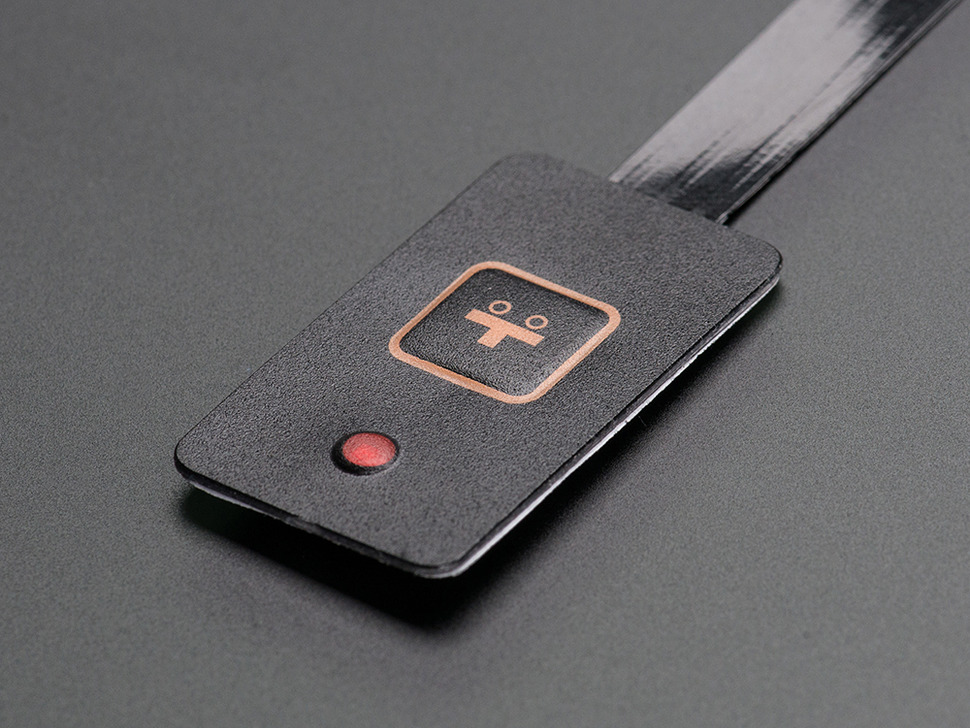Why Membrane Switches are Ideal for Durability and Performance
Why Membrane Switches are Ideal for Durability and Performance
Blog Article
Comprehending Membrane Layer Changes: The Trick to Resilient and Reputable Controls

What Are Membrane Buttons?
Membrane buttons are an innovative service in the world of interface modern technology, integrating capability and layout flawlessly. These devices work as an interface in between users and digital systems, incorporating numerous elements right into a small format. Generally constructed from adaptable, slim layers of materials, membrane switches are developed to react to touch, allowing customers to engage with equipment and electronic devices successfully.
The main aspects of a membrane layer button include a published circuit layer, graphic overlay, and a spacer layer that stops unexpected activation. The graphic overlay can be personalized to reflect brand identification or customer choices, enhancing aesthetics while making certain use. Membrane buttons are frequently used in different applications, including medical gadgets, customer electronic devices, and commercial devices, owing to their durability and resistance to ecological elements such as moisture and dust.
Among the essential benefits of membrane switches is their capacity to withstand wear and tear, making them ideal for high-traffic atmospheres. In addition, they are lightweight and need very little space, permitting innovative styles in product growth. In general, membrane layer switches over represent a efficient and sensible option for contemporary electronic interfaces, weding innovation with user-centric style concepts.
How Membrane Switches Over Work
The procedure of membrane switches over rest on a straightforward yet effective mechanism that translates customer input into electronic signals. These switches include multiple layers, usually including a graphic overlay, a spacer layer, and a circuit layer. When a user presses the switch, the leading layer flaws, enabling a conductive element in the circuit layer to make call with a matching conductive pad on the bottom of the graphic overlay. This contact closes the circuit and sends a digital signal to the tool, showing that the button has been activated.
The layout of membrane buttons can differ, however they commonly incorporate domes or responsive components to give feedback to the customer, enhancing the total experience - membrane switch. The materials used in membrane layer switches, such as polyester or polycarbonate, add to their resilience and resistance to ecological factors, consisting of dampness and dust. Furthermore, the printed circuits are normally enveloped, which protects them from damage with time.
Benefits of Membrane Buttons

Additionally, membrane layer buttons are known for their sturdiness. Created from durable products, they are resistant to dirt, wetness, and physical wear, which significantly expands their life-span contrasted to standard mechanical switches. This resilience makes them particularly ideal for high-traffic environments and applications needing durability.
An additional substantial benefit is the simplicity of cleaning and maintenance. The smooth surface of membrane layer changes reduces dust build-up and is commonly unsusceptible spills, making them optimal for settings that need frequent sanitization.
Additionally, membrane layer buttons provide a streamlined profile, bring about a thinner style that can be incorporated right into different gadgets without including bulk. This feature not just enhances the visual allure but also adds to a much more ergonomic product layout.
Applications of Membrane Layer Buttons
Versatile and straightforward, membrane buttons discover applications across a vast range of sectors, including clinical gadgets, customer electronic devices, and industrial equipment. In the clinical field, these switches are indispensable to devices such as analysis equipment, individual surveillance systems, and mixture pumps, where reliability and simplicity of cleansing are important. Their capacity to preserve and withstand rough atmospheres capability makes them perfect for such applications.

In customer electronic devices, membrane layer switches are utilized in items like microwaves, washing equipments, and push-button controls - membrane switch. Their sleek layout enables user-friendly interface, boosting the general user experience while offering longevity and resistance to tear and put on
Commercial equipment also profits from membrane layer switches, particularly in control panels for equipment and automation systems. These buttons supply defense versus dust and dampness, ensuring consistent performance in tough environments. Their personalized attributes permit producers to customize them to details operational demands, improving efficiency and functionality.
Picking the Right Membrane Switch Over
When choosing a membrane layer switch, try this it is important to take into consideration different aspects that influence efficiency and viability for details applications. The main factors to consider consist of ecological conditions, tactile feedback, longevity, and layout requirements.
First, examine the operating atmosphere; switches revealed to dampness, chemicals, or extreme temperatures call for details products to make sure durability and functionality. Next off, examine the requirement for tactile responses. Depending upon user interaction, some applications might benefit from a tactile action to verify activation, while others may favor a non-tactile style for aesthetic reasons.
Longevity is an additional important element; membrane buttons should be made to hold up against regular use, influences, and abrasion. Make sure the selected find more information switch can endure the anticipated lifecycle, particularly in high-usage scenarios.

Final Thought
In verdict, membrane layer switches serve as essential components in the design of long lasting and trusted control systems throughout various industries. The convenience of membrane layer switches permits for tailored remedies that satisfy specific functional requirements, enhancing their relevance in modern-day technology.
Membrane changes represent an important facet of modern-day user interface style, mixing performance with durability in numerous applications.Membrane layer switches are an innovative solution in the world important link of customer interface innovation, integrating functionality and design seamlessly. Generally constructed from flexible, thin layers of products, membrane switches are created to react to touch, making it possible for individuals to interact with machinery and electronic devices properly.
The design of membrane layer buttons can vary, yet they commonly integrate domes or tactile components to offer comments to the customer, improving the overall experience.In verdict, membrane layer switches offer as important parts in the style of trustworthy and long lasting control systems throughout various markets.
Report this page